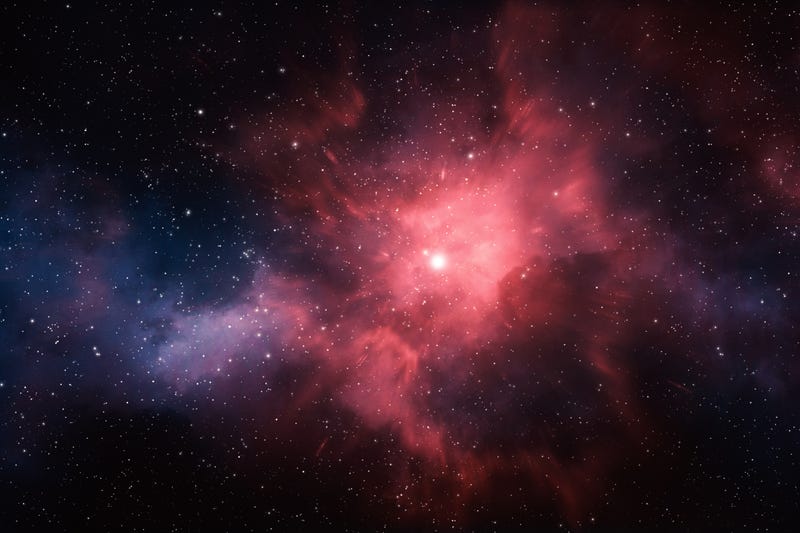
(WWJ) NASA, The Canadian Space Agency, and The European Space Agency are delivering a special Christmas gift to those who have been waiting decades to discover the mysteries of deep space.
The nearly $10b James Webb Space Telescope is scheduled to lift off at 7:20am Saturday morning from French Guiana.
WATCH NASA'S LIVESTREAM OF THE LAUNCH HERE.
Space experts say it's the most powerful observatory ever sent into space and has six times the light gathering capability the Hubble telescope did—upon its launch in 1990.
“This one also goes much further out into deep space so that it could observe better in the infrared part of the spectrum,” Mike Murray with the Delta College Planetarium in Bay City told WWJ’s Erin Vee.
“By looking back into the infrared, they ‘re going to be able to look farther back in time which means deeper into space way back to the very first chapter after the initial expansion of the universe and hopefully be able to see the first stars and galaxies that formed in the universe,” he said.
Researchers also hope the telescope will reveal more exoplanets.
"That would be planets orbiting around other stars in our galaxy,” Murray said. “And we hope to be able to get more details on the planets and maybe even the atmospheres of some of those planets.
He says technology has changed so much in more than 30 years since the Hubble telescope launched that, if there are technical issues with the Webb while it’s floating in space, it can be handled from the ground.
Hubble was designed using technology from the 70’s, according to Murray.
“But James Webb was only designed to last six or seven years, because it uses cryogenics to cool down detectors and only has so much fuel for pointing. But hopefully, it can last up to 10 years.”
While it launches on Christmas morning, Murray said don’t expect any pictures of deep space from the Webb Telescope for several months.
“It takes 30 days just to go to where it needs to go,” he said.
But, he said, it gives us something to look forward to.
“This is the next major improvement, development opening up new areas in astronomy,” Murray said. “So this is a time to celebrate. And keep our fingers crossed.”


